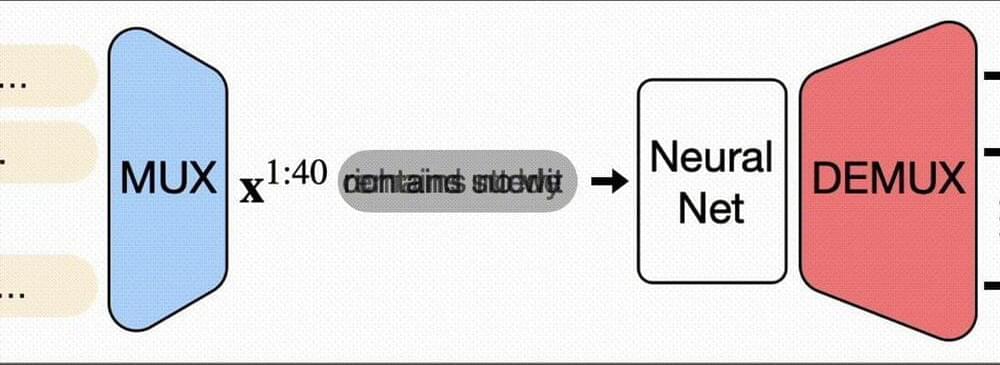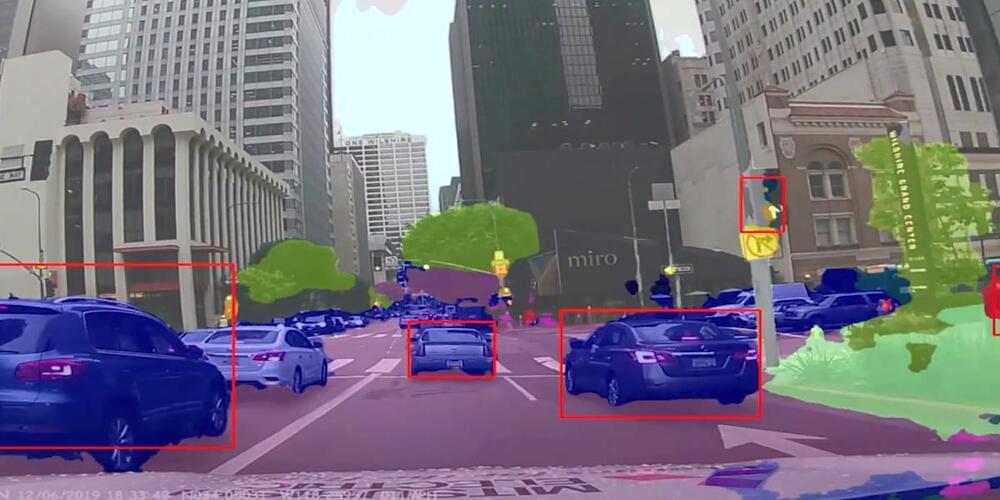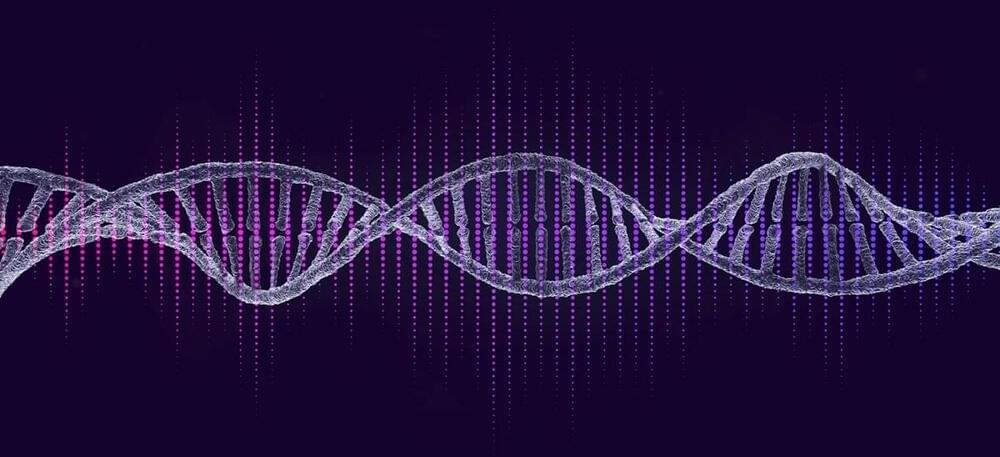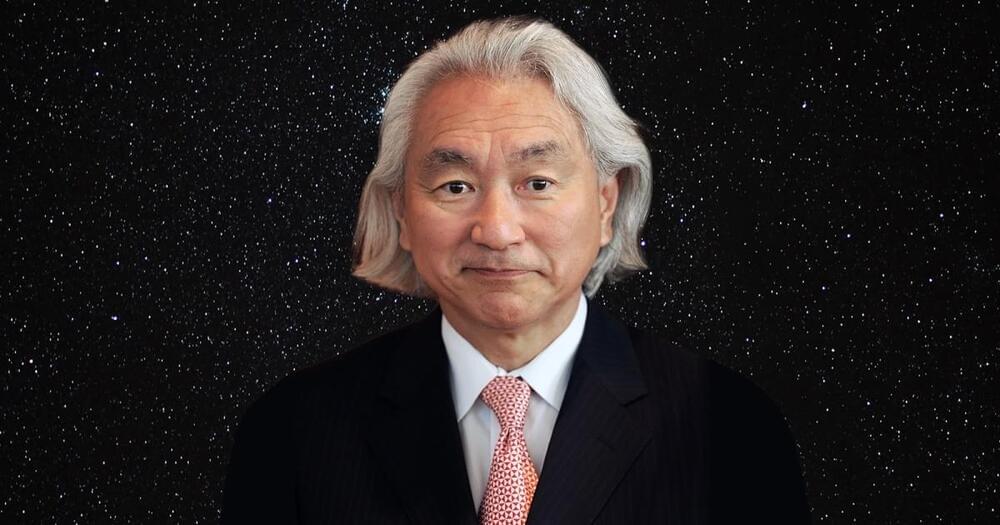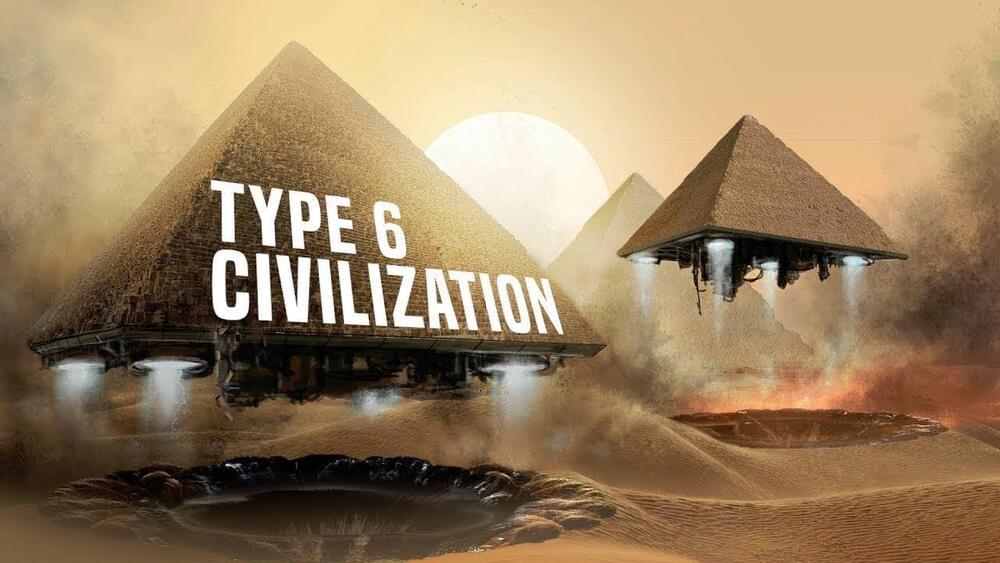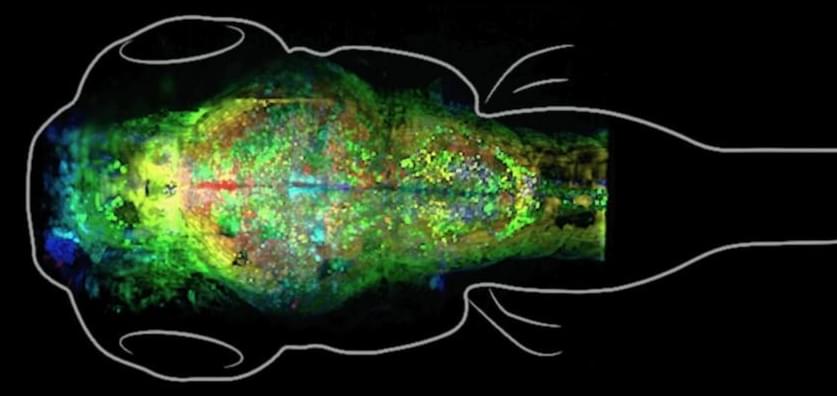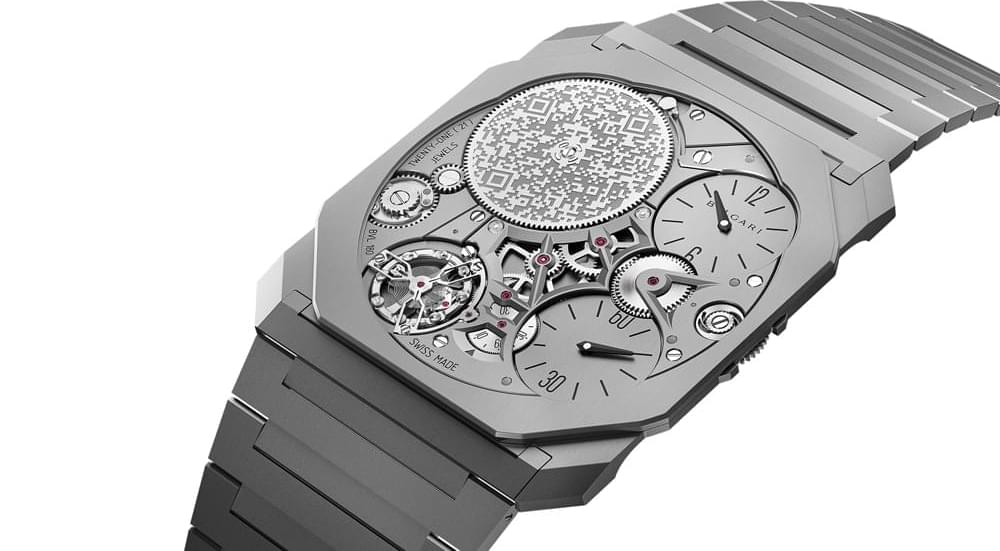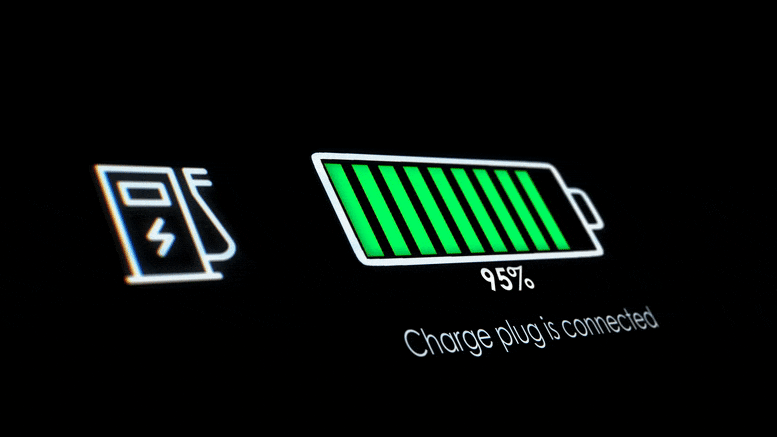Combining multiple data streams into one feed could speed up networks and let them tackle more than one task at a time.
Mitsubishi’s AI not only improves performance, it also fosters trust.
Mitsubishi’s Electric AI not only improves performance, it also fosters trust.
Scientists have created the world’s smallest antenna, measuring only five nanometers in length, out of synthetic DNA.
But it doesn’t transmit radio waves — instead, this little antenna is designed to signal real-time changes in proteins. And because it’s fluorescent, it records and transmits data via light signals.
Treating brain diseases is also always difficult because of something called the “blood-brain barrier.” This wall of cells is designed to prevent toxins and pathogens from getting from the blood into the brain — but it also makes it hard to get treatments into the brain.
People with the Icelandic mutation are five times more likely to reach their 85 birthday without an Alzheimer’s diagnosis.
The Icelandic variant: Scientists have identified a couple of differences between the brains of people with Alzheimer’s and those of healthy people.
Dr. Michio Kaku on what is likely and what is possible provides a stimulating vision of the future.
Ridddle!
We are a smart and educated community of over 10 million subscribers worldwide. We can’t stand aside! $1 from each of you is $10 million to help Ukraine stand and fight back the evil. You can help stop the Russian invasion into an independent European country. Millions of civilians are now hiding in bomb shelters while their homes are being destroyed by Putin.
Act now!
Support Ukraine.
https://bank.gov.ua/en/news/all/natsionalniy-bank-vidkriv-sp…ebi-armiyi
The smartest Scientists of both China and the United States are working hard on creating the fastest hardware for future Supercomputers in the exaflop and zettaflop performance range. Companies such as Intel, Nvidia and AMD are continuing Moore’s Law with the help of amazing new processes by TSMC. These supercomputers are secret projects by the government in hopes of beating each other in the tech industry and to prepare for Artificial Intelligence.
–
TIMESTAMPS:
00:00 A new Superpower in the making.
00:46 A Brain-Scale Supercomputer?
02:47 China Tech vs USA Tech.
05:30 Chinese Semiconductor Technology.
07:39 Last Words.
–
#china #computing #usa
Quantum charging will cut the charging time of electric vehicles from ten hours to three minutes.
Whether it’s photovoltaics or fusion, sooner or later, human civilization must turn to renewable energies. This is deemed inevitable considering the ever-growing energy demands of humanity and the finite nature of fossil fuels. As such, much research has been pursued in order to develop alternative sources of energy, most of which utilize electricity as the main energy carrier. The extensive R&D in renewables has been accompanied by gradual societal changes as the world adopted new products and devices running on renewables. The most striking change as of recently is the rapid adoption of electric vehicles. While they were hardly seen on the roads even 10 years ago, now millions of electric cars are being sold annually. The electric car market is one of the most rapidly growing sectors, and it helped propel Elon Musk to become the wealthiest man in the world.
Unlike traditional cars which derive energy from the combustion of hydrocarbon fuels, electric vehicles rely on batteries as the storage medium for their energy. For a long time, batteries had far lower energy density than those offered by hydrocarbons, which resulted in very low ranges of early electric vehicles. However, gradual improvement in battery technologies eventually allowed the drive ranges of electric cars to be within acceptable levels in comparison to gasoline-burning cars. It is no understatement that the improvement in battery storage technology was one of the main technical bottlenecks which had to be solved in order to kickstart the current electric vehicle revolution.
